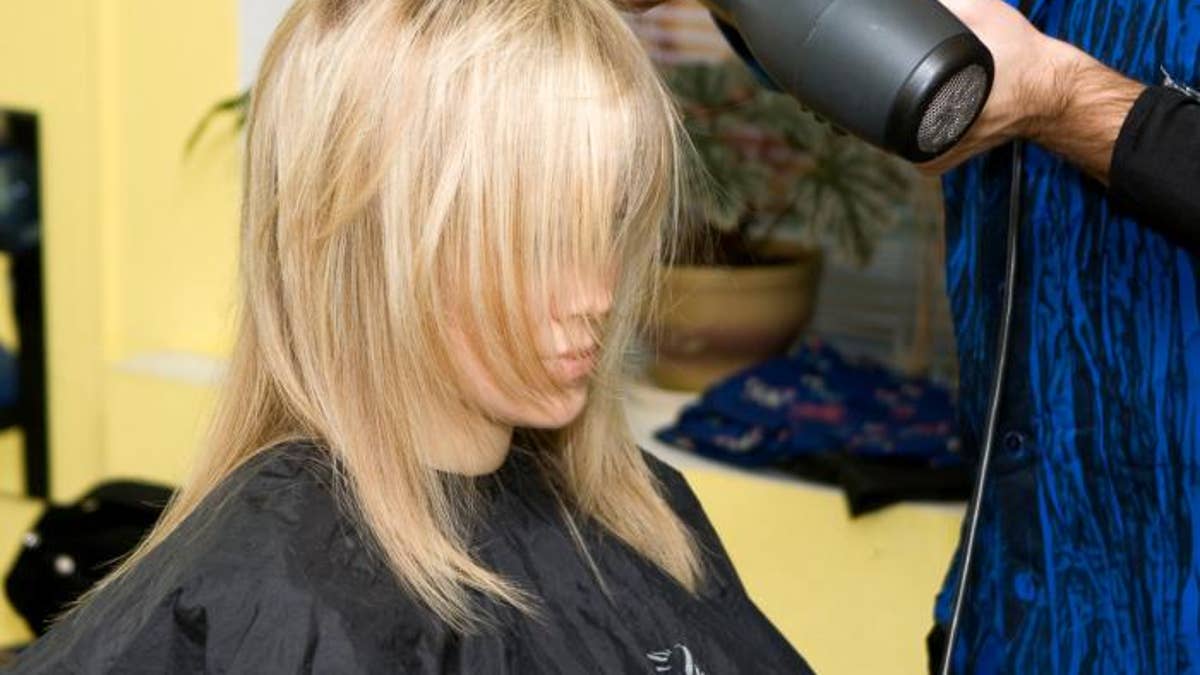
Sure blondes have more fun. But can they forecast the economy? Specifically, is the frequency of women getting dye jobs — or facials, or even plastic surgery — an indicator of an improving financial climate?
That’s the question we put to a number of experts, and the hair dresser was the logical place to start. We caught up with Kyle White, lead colorist at Oscar Blandi Salon in New York, between clients. “I’m definitely seeing more women at the salon more frequently than in the past few years,” he said. “Women were waiting longer between appointments, and when they did come in were often opting for easy-care looks. Recently that’s changed to bright blondes, rich brunettes and fiery redheads, all of which require the most maintenance.”
So while the hair colorist was painting a rosy picture, would the skin specialist agree? Celebrity facialist Joanna Vargas was no-nonsense: “Back when the economy took a tumble it was obvious that beauty treatments were seen as a luxury,” she said. “Women still came in, but spaced out their services very carefully. Recently we’ve seen more women coming in for what they see as investing in what makes them feel good about themselves.”
Karen Grant, VP and Senior Analyst at global information company The NPD Group pointed out that sales in the U.S., especially of “prestige beauty” items (those sold in department stores), were up seven percent in 2012 compared to the year before, notably in the anti-aging skincare category. “Even though consumer confidence continues to waver,” she said, “investment spending on these products continues to carve out market share.”
And while the number of big-ticket cosmetic procedures were down in 2012 — by as much as 36 percent for buttock lifts, for example — the number of less expensive ones were up, including an eight percent increase in Botox treatments and 10 percent for pulsed light. Dr. Elizabeth Tanzi, Co-Director of the Washington Institute of Dermatologic Laser Surgery put it succinctly: “We definitely see more discretionary spending for skin care.” Dr. Stafford Broumand concurred, adding that a wider range of treatment options at a greater variety of price points were also contributing factors.
So while these real-world examples seemingly bode well, Dan Mitchell of the Cato Institute cautions, “It’s thought that people sometimes spend more on little things during recessions to compensate for their inability to spend money on big things.”
And Fox Business’ Charles Payne offers his own reality check: “Plastic surgery tells the tale. Last year there were a record 14.5 million procedures — are all these women just splurging on themselves, or in fact trying to enhance their employment opportunities?”
Perhaps the best assessment is that in the blonde economy, appearances can be deceiving.
